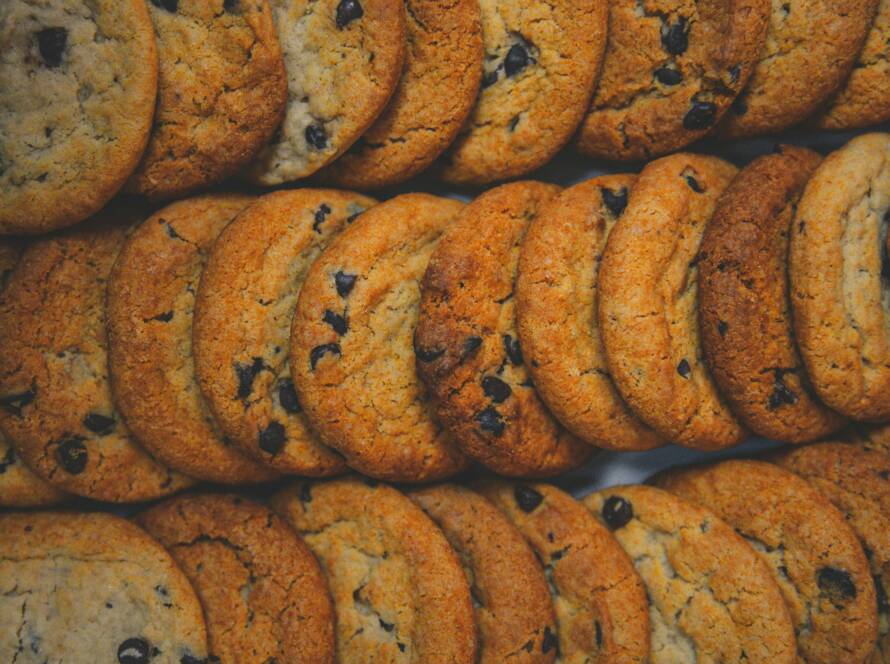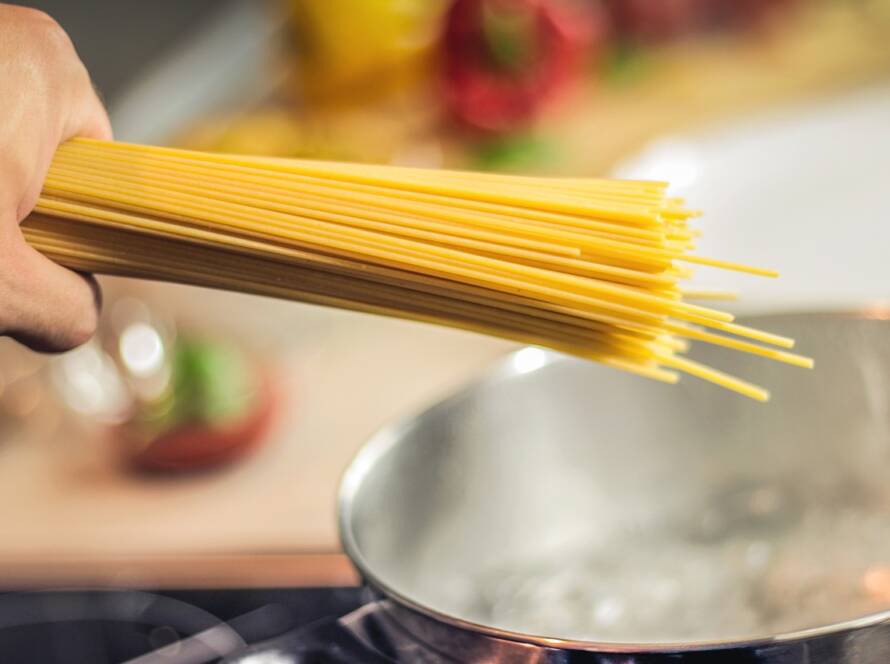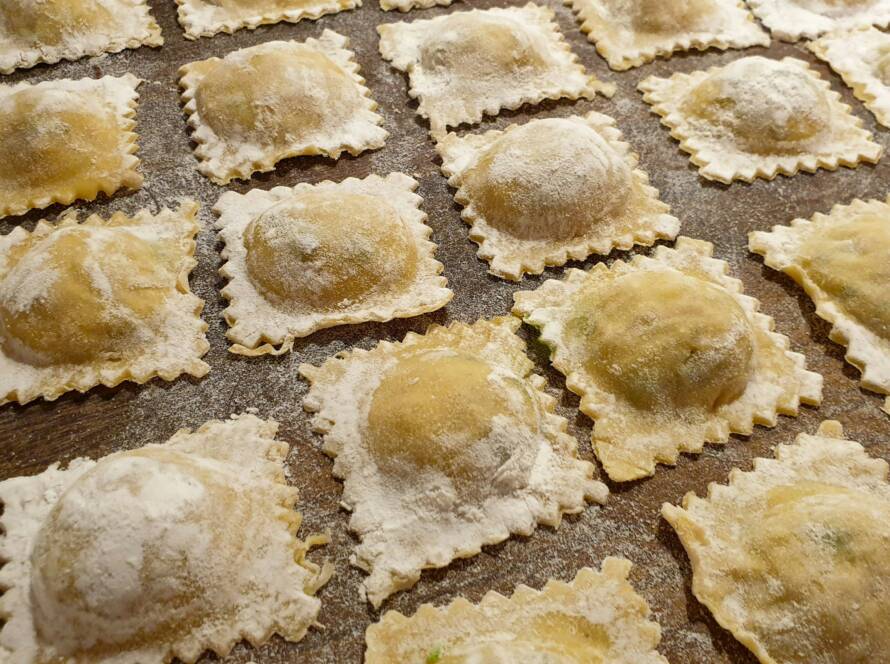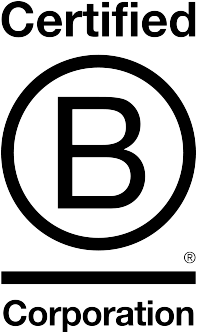IP | The “Biscuits War” waged by Mulino Bianco on its too many “different twins”
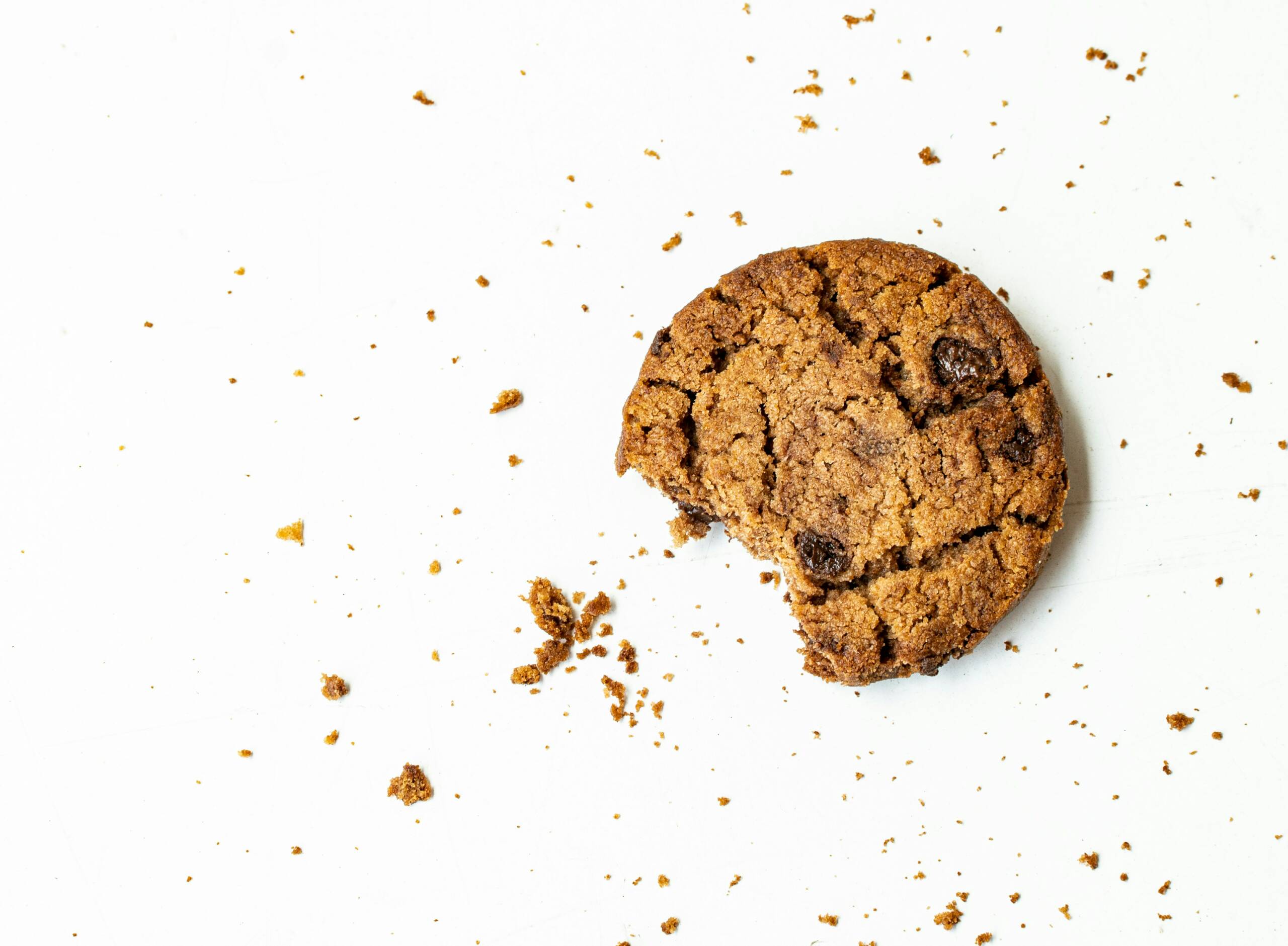
The so-called “biscuits war” began in November 2023 when Barilla (owner of the famous biscuits brand Mulino Bianco) sued the companies Tedesco and Sapori Artigianali for producing and selling biscuits in packages similar to the well-known Mulino Bianco’s Pan di Stelle, Gocciole, and Abbracci. On January 15, 2024, the Brescia Court ruled on the matter and found Barilla’s claim justified, thus ordering the stop the production and sale of the “different twins” made by the competitors.
Mulino Bianco versus Tedesco
In its ruling, the Court deemed the packaging of biscuits such as Amiconi, Gocciolotti, and Maramao, sold under the brand Il Borgo del Biscotto by Tedesco, too similar to those of Mulino Bianco. The packages featured “the same yellow background color, even if in different shades; the same placement of the biscuit image on the front left side of the package, in association with additional images on the right side set back in perspective, reproducing the same ingredients or colors of the ingredients depicted in the corresponding image on the Barilla package; the same color and placement of the writings related to the product name and its description by indicating the main ingredient, with minimal variations in the claim content”.
The Brescia Court clarified that the strong resemblance between the packages does not produce a confusing effect but it is still unlawful as it proved “functional” to attract consumer attention by mnemonic recall to the image of the better-known product. It should be noted that Barilla, in order to establish that type of biscuit on the market, had made significant advertising investments, from which the (unfair) competitor unfairly benefits. In short, according to the Court, the behavior is contrary to the principles of professional correctness (an illicit sanctionable offence punishable under art. 2598, n. 3, Civil Code) and comparable to that of someone who gets on a train without buying a ticket.
The dispute proceeded further: Lawyer Cristina Bellomunno writes about it in this second article.
The “look-like” phenomenon
The phenomenon, legally known as “look like,” mostly occurs for consumer goods sold in supermarkets such as biscuits, toothpaste, soaps, cosmetics, and personal hygiene items. It may happen that the consumer, faced with a well-known product, decides to buy another one that ‘reminds’, ‘resembles’, ‘seems’ like the one that usually ends up in the trolley, because it has similar colors, shape, size, images, and packaging, along with a cheaper price. This can occur either because one gets confused or because, while realising that they are different products, one imagines that they come from the same company or a related one, and therefore have similar qualities.
Therefore, it is not surprising that companies, which have invested time and money to establish a certain packaging in the market, rely on the court to prevent competitors from taking advantage of a ‘similar’ packaging.
The Mulino Bianco case is not isolated
In the Italian legal system, although there is no specific regulation, the phenomenon is sanctioned through Article 2598 of the Civil Code on unfair competition. Precisely because of the absence of a specific discipline, jurisprudence sometimes sanctions the look like based on the factual situation of confusing unfair competition, which occurs when a competitor’s product creates confusion because it “servilely” imitates the original (art. 2598, n. 1, Civil Code).
In the absence of the risk of confusion, the look like phenomenon is still sanctioned through the application of Article 2598 n. 2 of the Civil Code (unfair competition by appropriation of advantage). The latter occurs when an entrepreneur, through advertising or equivalent means, attributes to their products or company merits (such as quality) that he does not possess, but which belong to the competitor’s products or company, so as to disrupt consumer choice.
Other times, finally, the look like phenomenon is sanctioned through recourse to Article 2598, n. 3, Civil Code on unfair competition for being contrary to professional fairness. This chapter includes a series of behaviors not expressly provided for but which, indeed, seem contrary to ethical principles recognized by the trade category and which are capable of damaging the other’s company (e.g., misleading communications, violation of publicistic norms, dismissal of employees, boycotts, etc.).
Some other “look like” cases
One of the first episodes of look like dates back to September 21, 1992, and involves the Verona Court. The case was brought by Farmaceutici dott. Ciccarelli against Lidl Italia S.r.l., and the judge recognized the existence of imitation, concerning some toothpaste products.
The “frollini”
Another famous episode is that of the Naples Court on July 11, 2000, in the case involving Gran Turchese Colussi against Elledì (although it should be noted that the order was revoked on appeal). The Court did not consider illegal the use of a milk cup, the “frollini”, and the color turquoise on the Elledì packaging because these are banal and descriptive signs of the product. However, it identified as critical the use of these elements in the graphic composition appearing on the packaging because it creates excessive similarity to the packaging of the Gran Turchese biscuits.
“Tortellini”, detergent, and shower gel
The Milan Court, on July 21, 2004, adopted similar motivations and considered the packaging of Grangusto “tortellini” to replicate all the elements that characterize the packaging of Barilla’s Emiliane. Therefore, it considered the conduct to be ” aimed at introducing elements of confusion on the market”, and aimed at “obtaining a connection to the image of the competitor”.
Similar reasons were adopted by the Bari Court on November 22, 2005, and by the Milan Court on March 6, 2007, which respectively decided on the packaging of a dish detergent and a shower gel.
The breadsticks
Unlike the mentioned cases, the Bergamo Court on November 27, 1999, denied the existence of wrongdoing concerning the Fagolosi and Amor di pane breadsticks. In that case, unlike what was stated in other cases, the protection of the Fragolosi breadsticks was ruled out because “in the matter of confusing unfair competition through the imitation of consumer goods’ packaging, the application of the product’s brand in large evidence must lead to excluding the existence of a risk of confusion”.
The cheese slices
More recently, the Milan Court, on August 8, 2023, ruled on the Mondelēz and Kraft’s Sottilette packaging. In this case, the Court specified that, although Kraft had reproduced in its packaging the representative element of the toast with a generous filling of the competitor, and this could in itself constitute an element of characterisation, “however, this does not automatically resolve the issue of the alleged confusability between the opposing products”. And this is because there are many other products on the market in which the image of toast – closely connected to the particular type of product – “is depicted with similar characteristics of generous filling”.
The described cases are some of those decided by our courts, although the phenomenon is widespread abroad as well, especially in the USA, where it is repressed through the so-called “trade dress protection.”
Originally published on February 5, 2024, on the ‘Il fatto alimentare’ newspaper. The original Italian version of the article can be found at this LINK.



